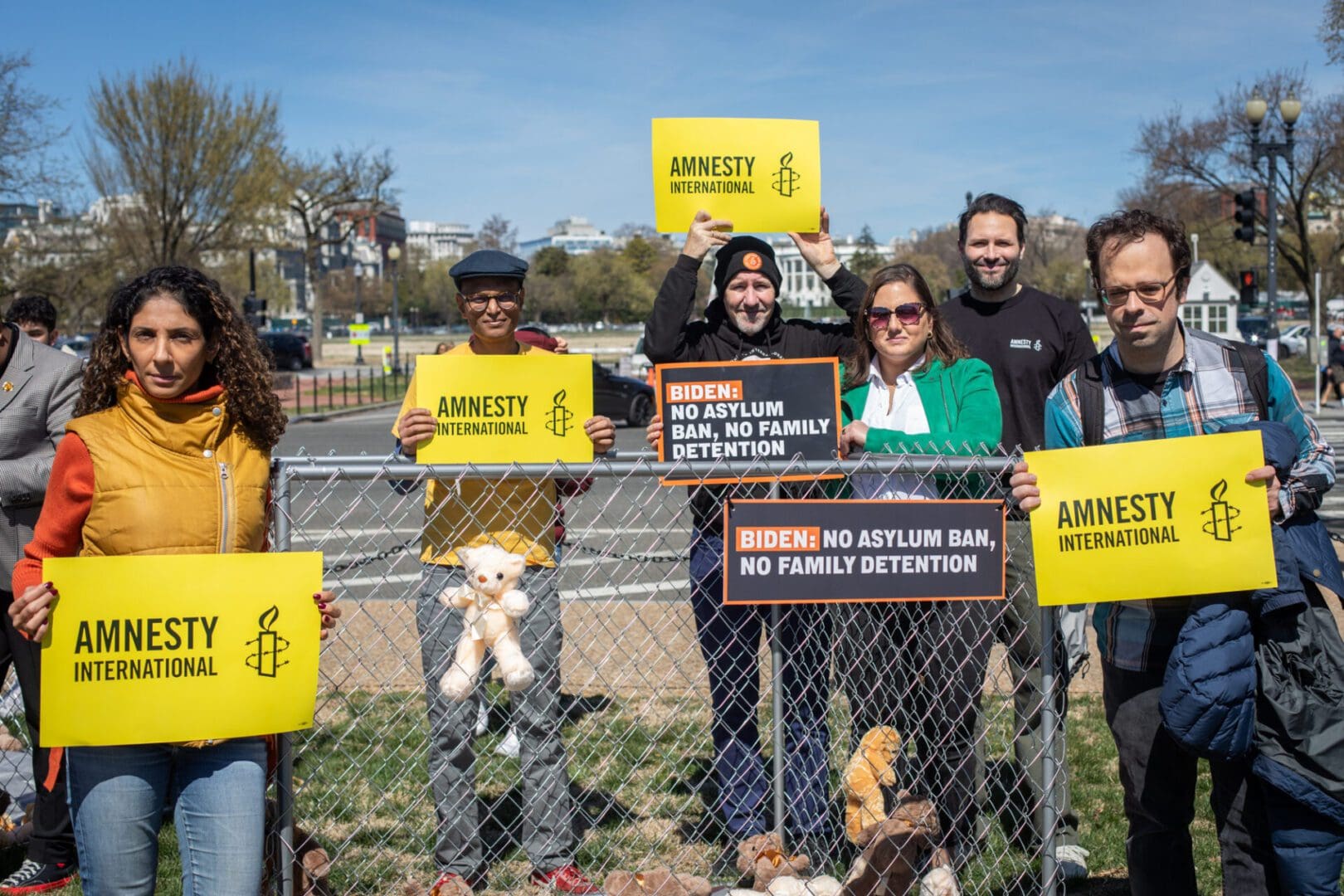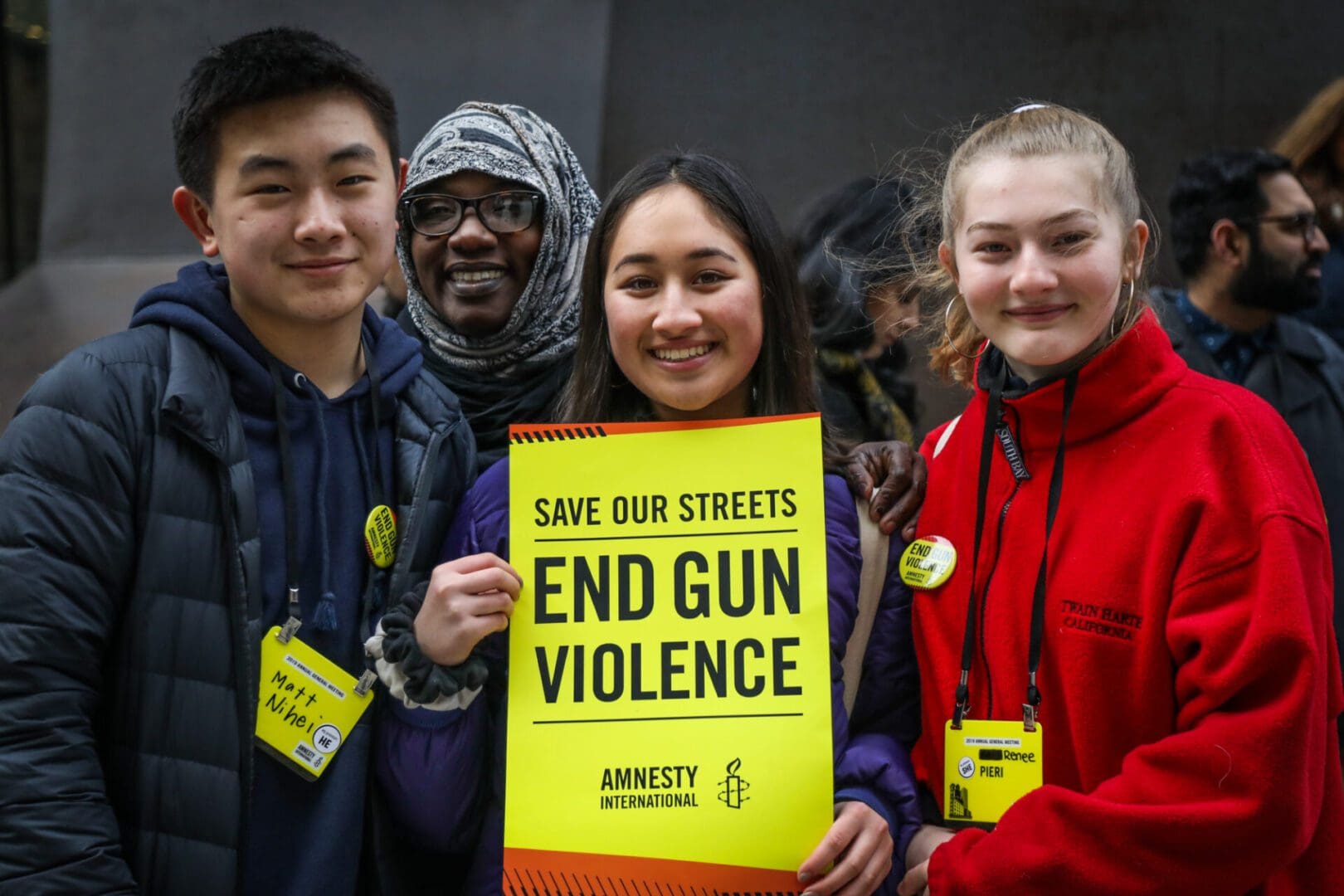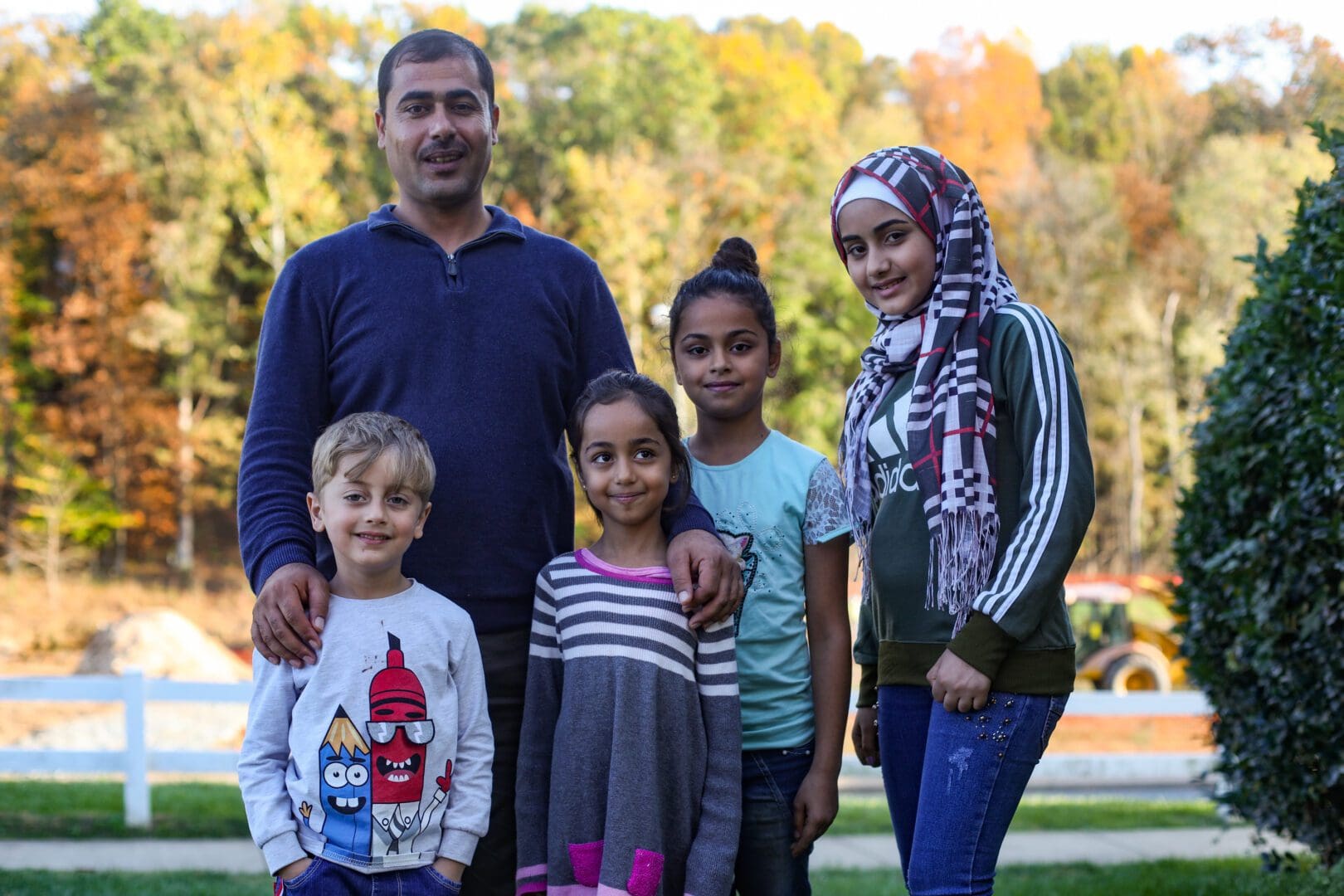Throughout its history, Amnesty International has won critical protections for individuals and systemic change affecting millions, including:
-
Immigrants and asylum-seekers have been freed after we campaigned against their unjust detention for exercising their human rights, and people seeking safety were welcomed to new homes in the U.S.
-
We garnered the public support necessary for the adoption of the United Nations Convention Against Torture.
-
We generated the global support necessary to create the International Criminal Court, so that those responsible for genocide, war crimes and crimes against humanity will face justice.
-
Our decades-long campaign has led to the death penalty being abolished in law or practice in two-thirds of the world’s countries – a sea change from when we started this work in the 1970s, when only 16 countries had abolished capital punishment.
-
Our research and vigorous campaigning led to the enactment of the U.S. Tribal Law and Order Act to stop the epidemic of sexual assault of American Indian and Alaska Native women.

Most recently in 2019-20, Amnesty International USA contributed to the following human rights victories:
-
Helped free Sadat, Alejandra, Astrid and Arturo, and many others from immigration detention; welcomed seven families from Afghanistan and El Salvador through community sponsorship, contributed to the closure and unrenewed contract of the Homestead detention facility for migrant children; and helped resettle the Amari family from Syria.
-
Introduction of Safe from the Start Act in Congress, in collaboration with partners to end gender-based violence globally.
-
Helped increase transparency and accountability by the U.S. Department of Defense by in-depth research and reporting on civilian deaths and injuries caused by U.S. military actions, and sustained advocacy with both DoD and Congress.
-
Passage of the Uyghur Human Rights and Policy Act to become a law, as part of Amnesty’s ongoing advocacy efforts to highlight the human rights abuses by the Chinese government against Uyghurs in Xinjiang, China.

OUR APPROACH FOR CREATING AND EVALUATING OUR IMPACT
AIUSA’s contribution to the human rights movement is assessed based on the actors that AIUSA works with to generate impact. Applying an outcome mapping approach, we evaluate changes in behavior and relationships, including actions or activities of the people, groups, organizations that we work with directly, and the decision-makers that we target.
“A tangible change in the awareness, behavior, or action of a specific actor relevant to the human rights violation being addressed.”
– Amnesty International Secretariat
Based on our teams’ reflections and external stakeholders’ feedback, we understand how AIUSA adds value to the human rights space.
- We provide legal analysis of national laws that are used to demand change and undertake advocacy. This is often linked to technical expertise on a specific issue and how Amnesty can connect it to a human rights framework. We leverage our brand and ability to expose violations.
- Smaller civil society organizations (CSOs) would not be able to highlight human rights abuses the same way, due to limited technical capabilities or fear of retaliation.
- We monitor and document human rights violations over a long-term period. Our external partners have told us that this has been instrumental in increasing accountability at a national level.
- We train our supporters on how to become human rights activists. We provide toolkits and online courses, equipping them with the skills to advocate on human rights issues locally, nationally, and globally.
Our monitoring, evaluation, and learning (MEL) practices allow us to advance the effectiveness of our work, adapt to the rapidly shifting contexts of which we operate in, and demonstrate accountability.
- We harness best practices that have emerged from our International Secretariat and other national sections. We apply learnings from other sections to determine their feasibility within our US section.
- We internally monitor and evaluate AIUSA’s tactics and our progress toward annual objectives. Our Impact and Learning unit is a separate entity from campaigns and programs; this unit serves to provide technical assistance to help staff measure the impact of their work and examine how change occurred for learning purposes. Since human rights impact is not linear, outcome mapping helps us identify what outcomes to expect from our targeted actors; it takes into account our sphere of control and sphere of influence to acknowledge our contribution to human rights victories.
- We work with external partners to evaluate our key campaigns and programmatic areas. We commission evaluation experts to provide us with independent and objective analyses of our work.
Please download our One-pager to learn more about our approach to creating and evaluating impact.

